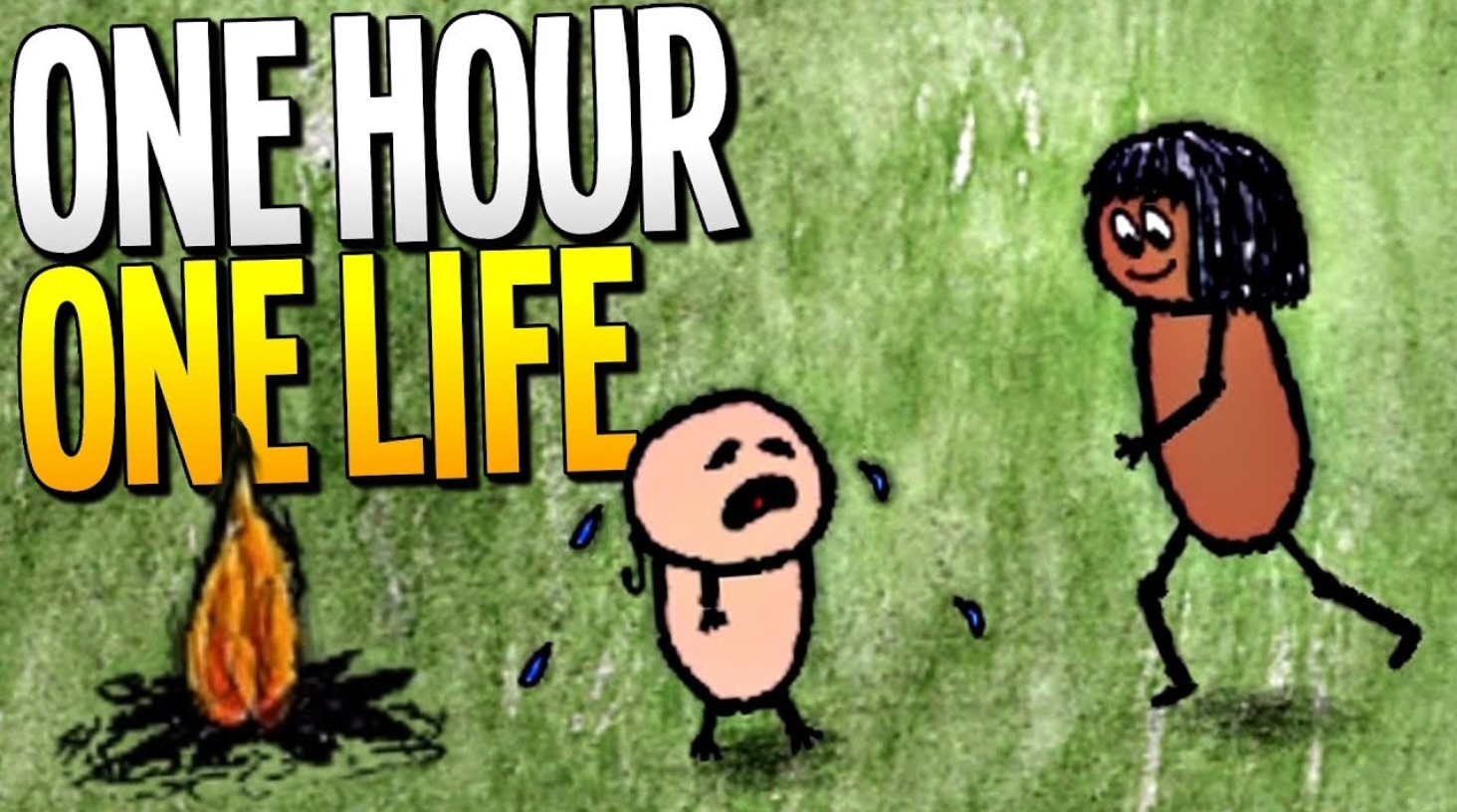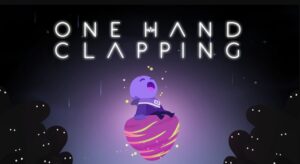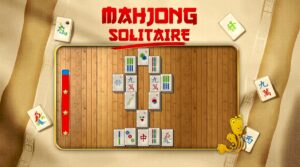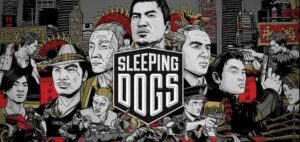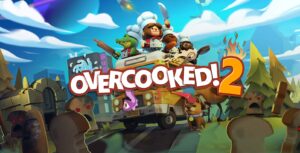It is a multiplayer survival game designed by Jason Rohrer that offers a completely unique take on the genre. Instead of surviving indefinitely, players live through one full lifetime in a single hour—born as a baby, growing into an adult, and eventually passing away.
Set in a sprawling online world where players shape civilizations over generations, the game emphasizes cooperation, innovation, and legacy.
Whether you’re a newborn child relying on another player for care or an elder teaching others how to farm, craft, or build, One Hour One Life transforms every session into a deeply meaningful narrative of survival and contribution.
File size
Development and Release of One Hour One Life
The game was developed and self-published by independent developer Jason Rohrer and officially released in February 2018. Over time, it has evolved with regular updates and additions to crafting recipes, tools, environmental changes, and community-driven content.
Rohrer built the game around a social survival experience, using minimalistic art and procedural mechanics to simulate real-life evolution, family, and society-building across generations. The world persists even when players leave, meaning your actions can affect future players in lasting ways.
For those who enjoy open-ended survival with a purpose, Conan Exiles offers similarly innovative mechanics with a darker tone.
Storyline and Setting of Game
Unlike traditional survival games, One Hour One Life doesn’t have a scripted storyline. Instead, every player’s life becomes a part of an ongoing narrative. The setting is a massive, shared server where human civilization is constantly evolving—players are born to other real players, inherit their knowledge, and then pass it forward.
The game’s emotional and social impact is profound. You could be born into a thriving village with tools and farms or into the wilderness where your parents must teach you how to survive from scratch. The journey you undertake is personal, unpredictable, and often moving.
Game Modes of One Hour One Life
One Hour One Life operates within a persistent multiplayer environment with a single core gameplay mode:
- Lifespan Mode: Each life lasts exactly one real-world hour. You start as a helpless baby, grow into a child, adult, and elder, and eventually pass away. The legacy you leave behind continues through the next generation of players.
There are also community mods and servers with creative or relaxed rules, but the core design remains centered around aging, death, and continuity.
Gameplay Mechanics in One Hour One Life
The gameplay in One Hour One Life focuses on resource gathering, tool crafting, and generational progress. Here are its foundational mechanics:
- Aging and Life Cycle: Every minute in real time equals one year of in-game age. You begin unable to care for yourself and rely on others, but eventually grow into a contributor, parent, and teacher for others.
- Crafting System: With over a thousand items and recipes, crafting involves realistic steps like combining rocks, clay, food, and tools to create anything from fire pits to carts, clothing, and even electricity.
- Societal Roles: As you age, your role in the community evolves—from being fed as a baby to farming, cooking, hunting, or teaching others. The world runs entirely on player interaction.
- Death and Legacy: After one hour, your character dies permanently. However, anything you built, farmed, or taught lives on. This cyclical nature emphasizes the importance of contribution and community.
Beginner Tips and Tricks
New to the game? These beginner strategies will help you thrive:
- Follow Your Mother: If you’re born into a village, stay close to your mother (another player) until you can walk and gather food yourself. She may give you clothes, tools, or essential guidance.
- Learn the Basics First: Start with simple tasks like collecting kindling, making fire, or gathering berries. Don’t jump straight into complex crafting.
- Memorize Useful Recipes: The crafting system has a lot of depth. Focus on key items like baskets, knives, and fire-starting tools early on.
- Stay Near Food Sources: Hunger is constant. Always keep nearby access to food and understand how farming works for sustainability.
- Pass on Knowledge: Before you die, pass your tools and tips to younger players. Teaching ensures your legacy helps others survive.
Besides, can’t get enough of One Hour One Life? Stranded Deep will keep your interest piqued with captivating gameplay and fresh storylines.
Features of One Hour One Life Game
Here are some standout features that define One Hour One Life and make it a truly unique multiplayer survival experience:
1) Real-Time Aging System
In a groundbreaking twist, your character ages one year every minute and lives for a maximum of one hour. This mechanic adds urgency to every decision, pushing players to act quickly yet meaningfully.
Each life is a race against time, creating a deep emotional impact as you watch your character grow old, contribute to society, and eventually pass on. The fleeting nature of life drives collaboration and legacy building.
2) Massive Crafting Tree
The game offers an incredibly deep crafting system with over a thousand interconnected recipes. Starting with stone tools and evolving into complex infrastructure like wells, roads, and even written language, progress depends on cumulative knowledge passed through generations.
This complexity rewards experimentation and teamwork, making innovation and resource management crucial for survival and societal advancement.
3) Family-Centric Multiplayer
Each player is born to a real player acting as their mother, and may eventually become a parent themselves. This familial system fosters real social bonds, as caring for children and elders becomes central to gameplay.
Emotional connections form naturally through necessity—feeding, teaching, and working alongside your virtual kin. Success hinges on trust, cooperation, and generational knowledge.
4) Persistent World
The game world evolves continuously, regardless of whether you’re online. Anything you construct or alter—be it a farm, village, or simple trail—remains for future players to encounter or build upon.
This persistence gives every contribution lasting value, transforming small actions into the foundation for future civilizations. The sense of legacy adds depth to even the simplest task.
5) Emotional Gameplay
Few games evoke emotion like this one. From your first words as a child to your final breaths as an elder, each moment carries weight.
Watching descendants thrive, struggling with loss, or passing knowledge before death often leads to surprisingly heartfelt experiences. The generational progression delivers a sense of meaning and continuity rarely seen in multiplayer games.
Advanced Survival Techniques
Once you’ve survived a few lifespans, these advanced strategies will help you contribute more effectively:
- Master Farming Cycles: Learn the timing for wheat, carrots, and berry bushes. Managing soil and compost ensures a food-rich settlement.
- Optimize Tool Usage: Tools wear down. Use them efficiently and teach others how to repair or replace them.
- Track Civilization Growth: Help plan your village layout—create storage zones, farm grids, and centralized kitchens to boost productivity.
- Start Metallurgy: Progress from stone tools to forging iron and making advanced items like carts, cooking pots, and even radios.
- Teach New Players: Veteran players are the heart of any thriving village. Guide younger generations, and leave notes or signs to preserve knowledge.
Why One Hour One Life Stands Out
One Hour One Life stands out as a truly unique experience in the survival genre. It’s not just about staying alive—it’s about making your brief time meaningful. Whether you’re a nameless child who replants berry bushes or a revered elder who unlocks metallurgy, your actions ripple across time.
The emotional weight, combined with the real-time lifecycle, adds depth to each session. The emergent storytelling, generated entirely by players, results in memorable experiences that no scripted game could replicate.
System Requirements
To enjoy One Hour One Life on PC, your system should meet these minimum specs:
- OS: Windows 7/8/10 (64-bit)
- Processor: 1.7 GHz Dual Core
- Memory: 4 GB RAM
- Graphics: Intel HD Graphics 3000 or better
- Storage: 250 MB available space
- Internet: Broadband connection required for multiplayer
Whether you live as a baker, a builder, or a forgotten nomad, every life in One Hour One Life offers the chance to leave a mark. It’s more than a survival game—it’s a story of legacy, learning, and cooperation in its rawest form.
